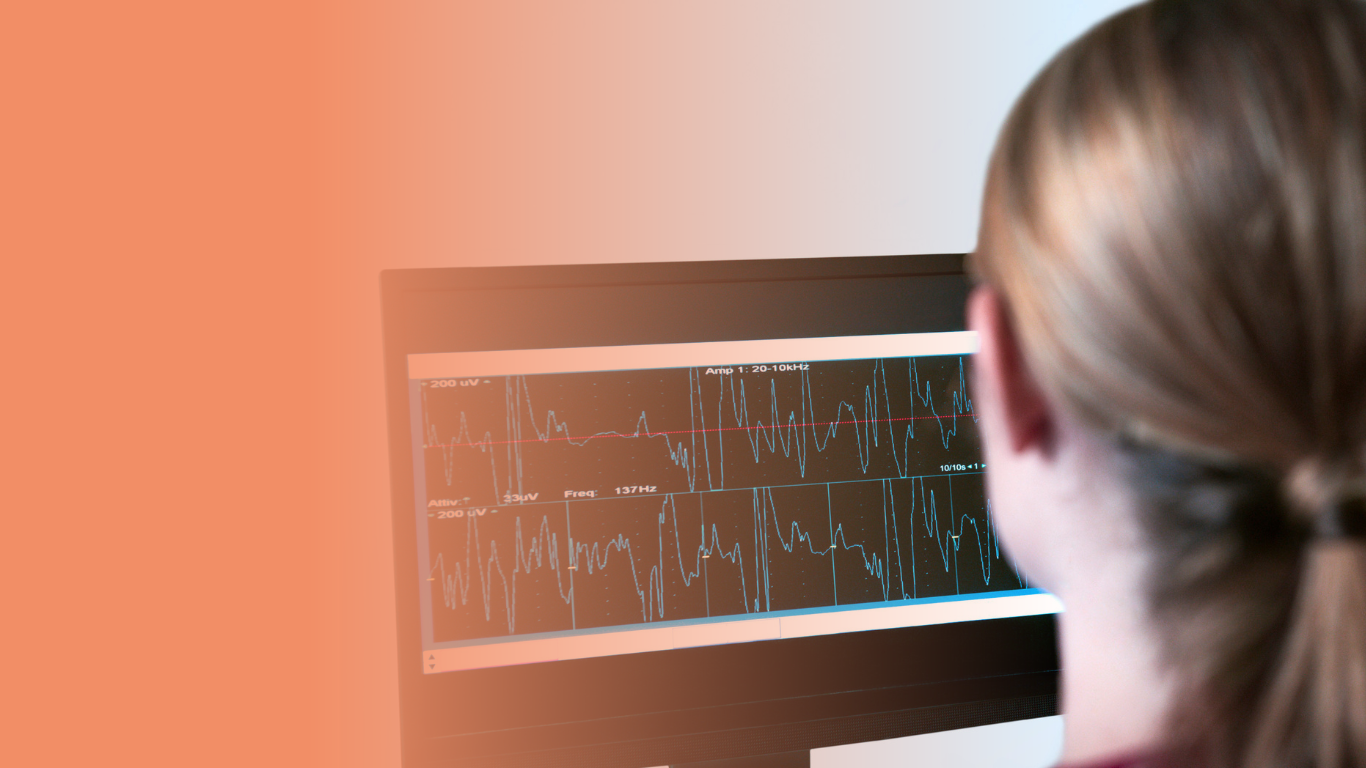What is Botox and How Does It Work?
Botox is a purified protein that works by temporarily blocking the release of neurotransmitters that signal muscle contraction. When injected into targeted areas, it helps relax overactive muscles or prevent the nerve signals that trigger pain. The result? Reduced muscle stiffness, fewer migraines, and relief from involuntary movements.
Conditions Treated with Botox at Florida Neurology
Our neurologists use Botox to treat several neurological and neuromuscular disorders, including:
Chronic Migraines
FDA-approved for patients experiencing 15 or more headache days per month. Botox can reduce the frequency and severity of migraine episodes.
Cervical Dystonia
Involuntary neck muscle contractions that cause abnormal head positioning and pain.
Blepharospasm
Uncontrolled blinking or eyelid spasms.
Hemifacial Spasm
Involuntary twitching or contractions on one side of the face.
Spasticity
Muscle stiffness or spasms following conditions like stroke, multiple sclerosis, or cerebral palsy.
Bruxism (Teeth Grinding)
Helps reduce jaw tension and associated headaches in select cases.
What to Expect During Treatment
Botox treatment is a quick, in-office procedure performed by one of our trained neurologists. Here’s what you can expect:
Evaluation & Planning
We assess your condition, symptoms, and medical history to determine if Botox is right for you.
Targeted Injections
Using a fine needle, small amounts of Botox are injected into specific muscles or nerves involved in your symptoms.
Minimal Downtime
Most patients resume normal activities immediately after treatment. Full effects are typically felt within 5–14 days.
Repeat Treatment
Botox results last around 3–4 months. For chronic conditions, regular injections are often recommended as part of a long-term management plan.
Benefits of Botox Injections
- Non-surgical and minimally invasive
- FDA-approved for several neurologic conditions
- Can significantly reduce pain, spasms, and frequency of symptoms
- Helps patients regain control and comfort in daily life
Is Botox Right for You?
Botox is a well-tolerated, effective option for many patients. Our team at Florida Neurology will guide you through your options, answer questions, and ensure that the treatment is customized to your unique needs.
Schedule a Consultation
If you're struggling with migraines, muscle spasms, or neurological discomfort, Botox may offer the relief you've been searching for. Contact Florida Neurology today to schedule your consultation and find out if therapeutic Botox is right for you.
Other Services
FAQs
What is the difference between a migraine and a tension headache?
Migraines are severe headaches often accompanied by nausea, vomiting, and sensitivity to light and sound, typically affecting one side of the head. Tension headaches cause a dull, aching pain around the forehead or back of the neck and head without the additional symptoms of migraines.
How is Alzheimer's disease diagnosed at Florida Neurology?
Alzheimer's is diagnosed using a combination of cognitive assessments, brain imaging (such as MRI or CT scans), blood tests to rule out other conditions, and a neurological exam to assess brain function and symptoms.
What treatment options are available for stroke patients at your Stroke Clinic?
Treatment options include thrombolytic medications (to dissolve clots), endovascular procedures (to remove clots or repair ruptured vessels), blood-thinning medications, and rehabilitation therapy to help patients regain mobility, strength, and cognitive abilities.
What are the early signs of cognitive and memory disorders, such as dementia or Alzheimer’s disease?
Early signs include memory loss, confusion, difficulty with problem-solving, changes in behavior, trouble with language, and disorientation in familiar settings or with time.
What causes vertigo, and how is it treated?
Vertigo can be caused by inner ear issues, such as benign paroxysmal positional vertigo (BPPV), Meniere’s disease, or vestibular neuritis. Treatment often includes vestibular rehabilitation exercises, medications to reduce dizziness, and in some cases, procedures to reposition inner ear particles.
How can I manage chronic migraines?
Chronic migraines can be managed with prescription medications like triptans, Botox injections, lifestyle changes (avoiding triggers, improving sleep), stress management techniques, and preventive medications to reduce frequency.
What is the process for diagnosing Multiple Sclerosis (MS)?
MS is diagnosed through a neurological exam, MRI to detect lesions in the brain and spinal cord, lumbar puncture (spinal tap) to check for abnormal immune activity in the cerebrospinal fluid, and evoked potentials to measure nerve function.
What types of headaches do you treat at the Headache & Migraine Clinic?
The clinic treats various types of headaches, including migraines, tension headaches, cluster headaches, and chronic daily headaches caused by medication overuse or other factors.
What therapies are offered for patients recovering from a stroke?
Stroke recovery includes physical, occupational, and speech therapy to improve strength, coordination, communication, and daily functioning. Medications and lifestyle changes are also incorporated into long-term recovery plans.
How is Bell’s palsy treated, and how long does recovery take?
Treatment for Bell’s palsy often includes corticosteroids to reduce nerve inflammation, antiviral medications if a viral infection is suspected, physical therapy to restore muscle function, and eye protection to prevent damage. Most people recover fully within a few weeks to months.



